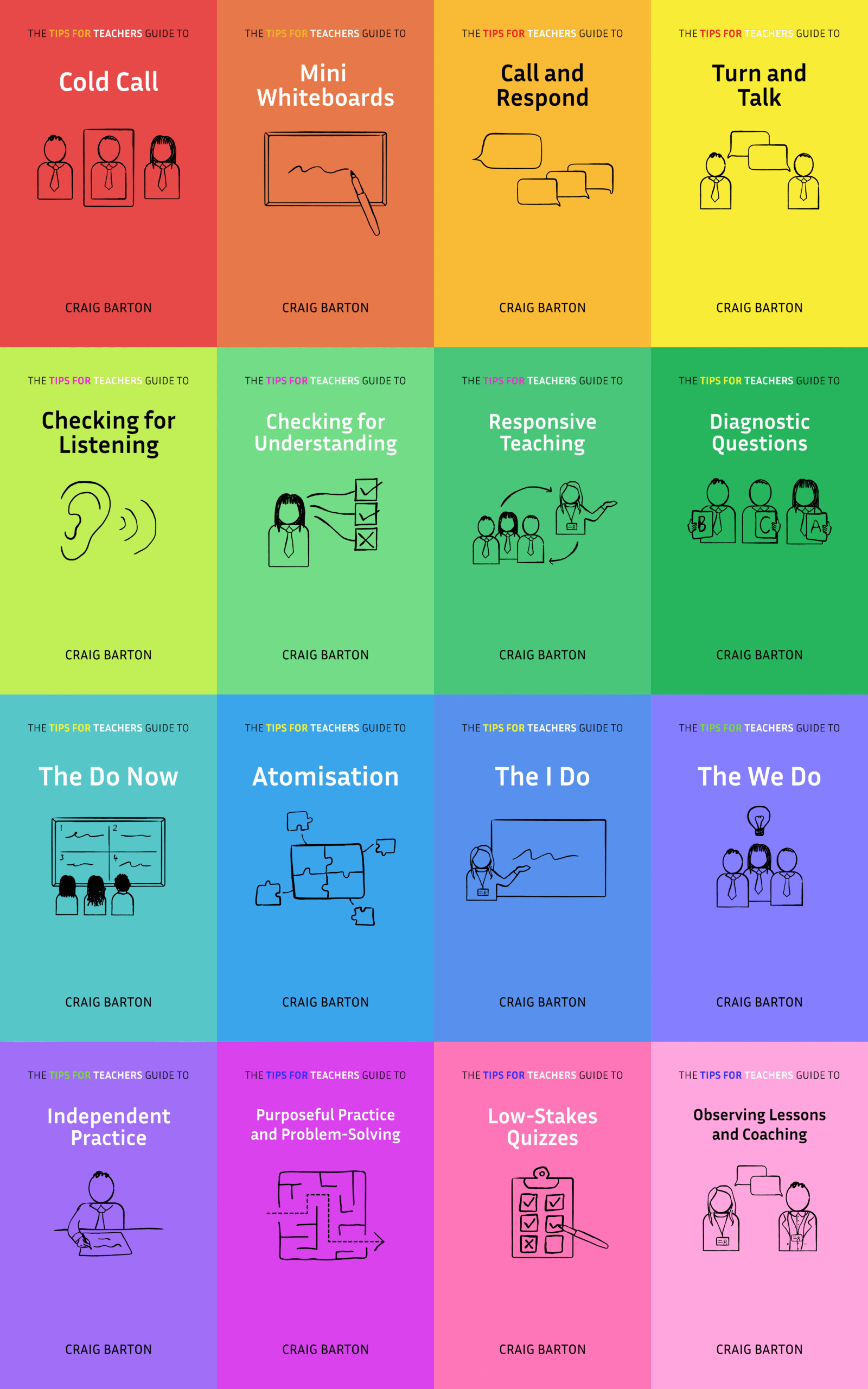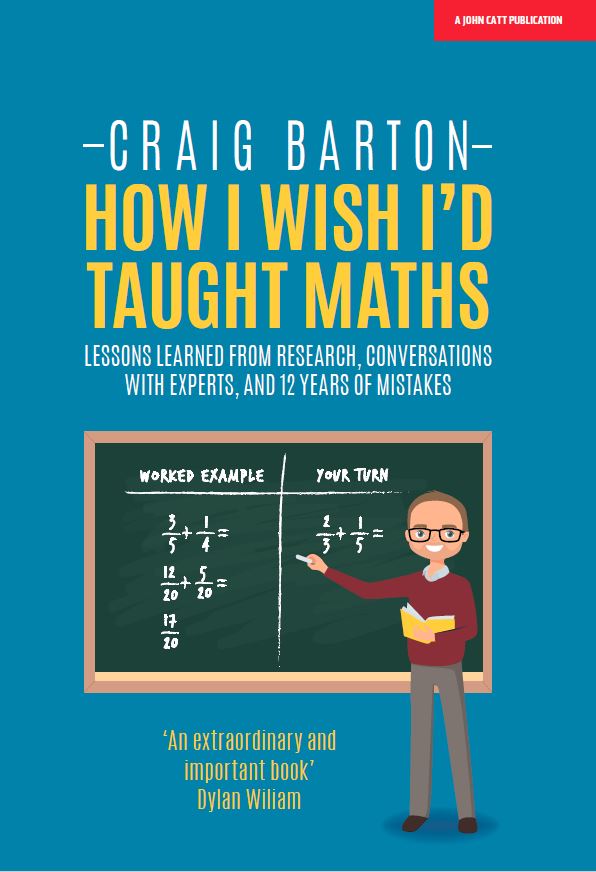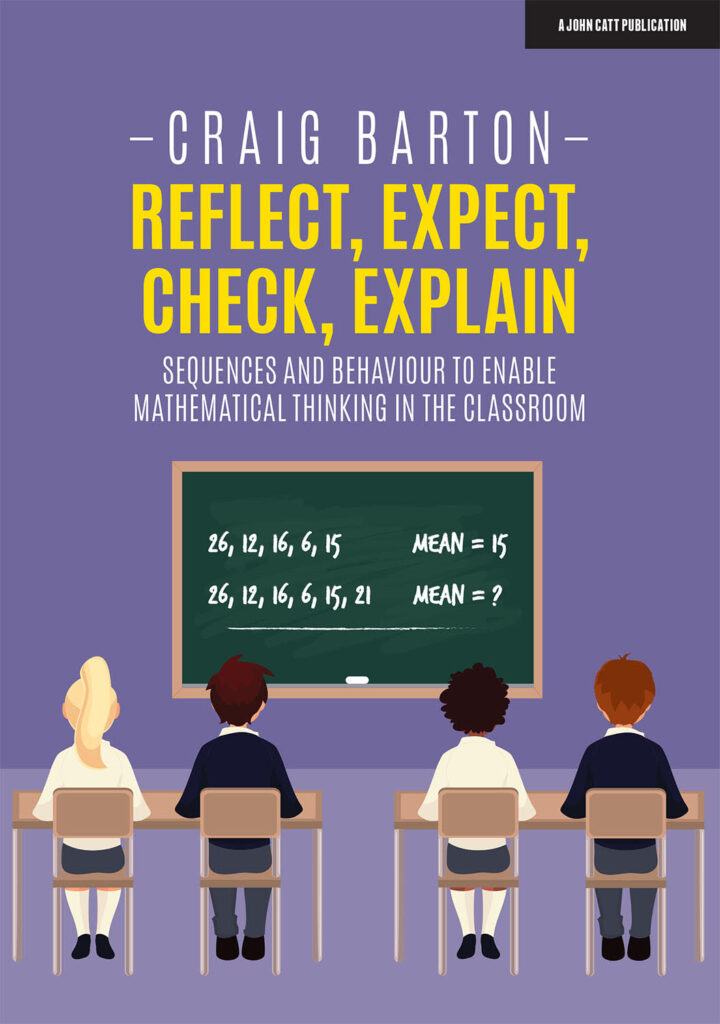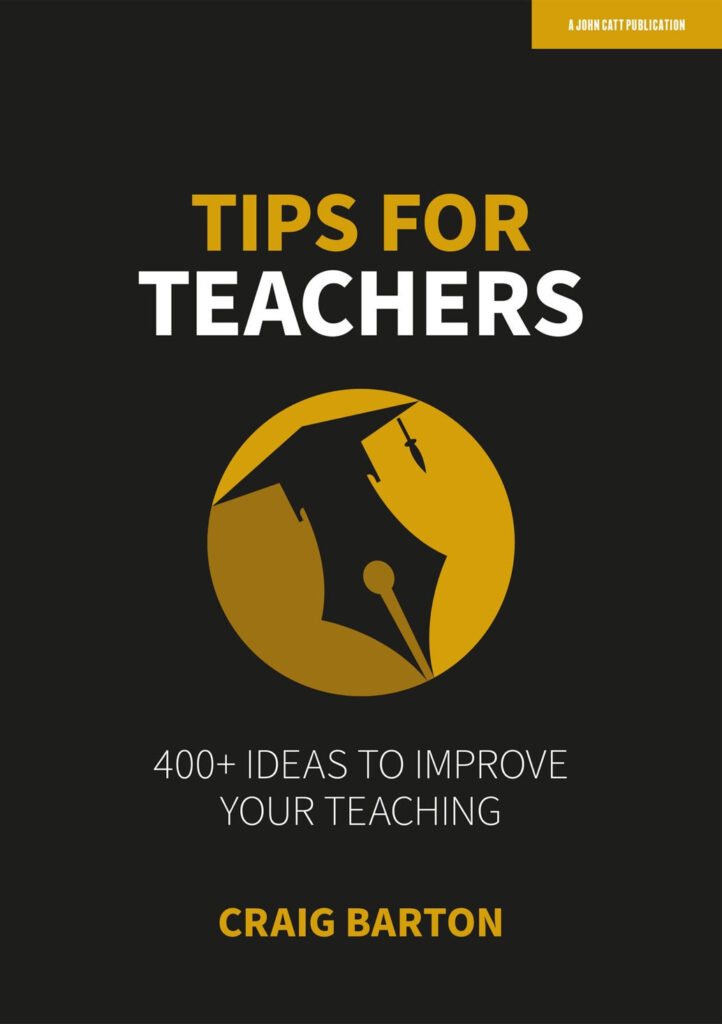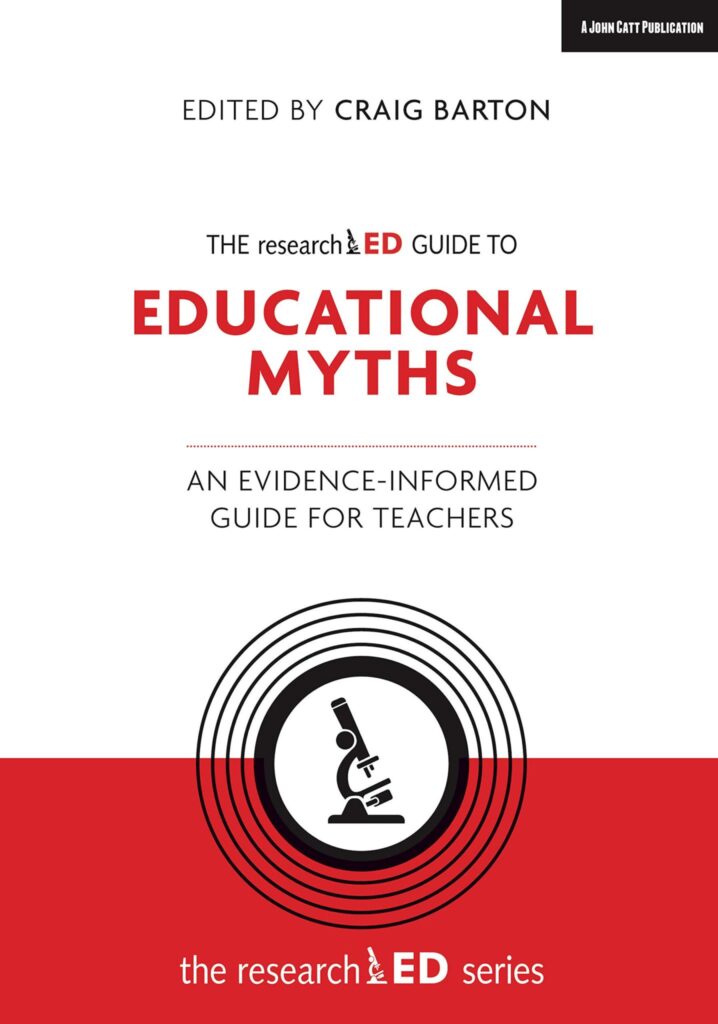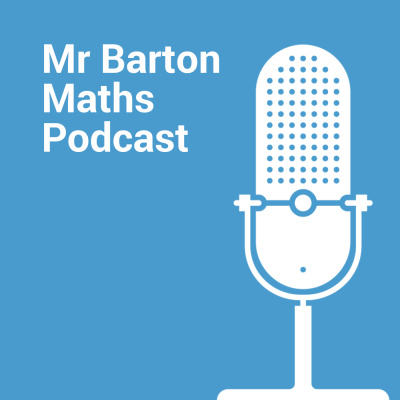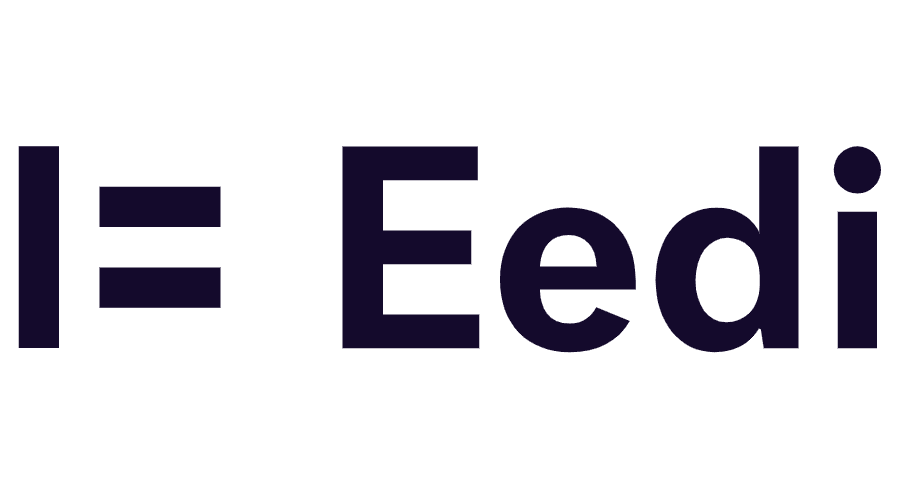Not many educational issues are as divisive as marking and feedback. Given that workload is often cited as a reason teachers leave the profession and that marking and feedback are key contributors to workload, it is only right that we consider how to make it as manageable and effective as possible.
For many years of my career, I spent all day marking and giving carefully constructed written comments to each student. On Monday, I gave the work back to students, only for them to give the written comments, at best, a cursory glance before we began the lesson.
***You can purchase a 90-minute online workshop on whole-class feedback that you can share with colleagues at a CPD event or departmental meeting here***

Diagnosis
- What is your current marking and feedback policy?
- What challenges do you face?
Evidence
Research into written feedback is more conclusive than homework, but perhaps the results are more surprising.
A good starting point in the 2016 EEF guide entitled A marked improvement? A review of the evidence on written marking. Here are the key findings:
- The quality of existing evidence focused specifically on written marking is low. Few large-scale, robust studies have examined marking practices. Most studies that have been conducted are small in scale and/or based in the fields of higher education or English as a foreign language (EFL).
- Teachers should differentiate between careless mistakes and errors resulting from misunderstanding. Errors resulting from misunderstanding may be best addressed by providing hints or questions that lead pupils to underlying principles. Careless mistakes may be best addressed by simply marking them as incorrect without giving the right answer.
- Awarding grades for every piece of work may reduce the impact of marking, particularly if pupils become preoccupied with grades at the expense of considering teachers’ formative comments.
- Using targets to make marking as specific and actionable as possible will likely increase pupil progress.
- Pupils are unlikely to benefit from marking unless some time is set aside for them to consider and respond to it.
- Some forms of marking, including acknowledgement marking, are unlikely to enhance pupil progress. Schools should consider marking less, but marking better.
- Teachers should consider the multiple trade-offs involved in many decisions about marking. Trade-offs might relate to workload and other areas, such as the amount of work undertaken by the teacher versus the student and the speed with which marking is completed versus how detailed feedback is.
- Additionally, a 2016 Independent Teacher Workload Review Group report suggested that providing written feedback on pupils’ work has become disproportionately valued by schools, and the quantity of feedback has too often become confused with quality.
Research by Kluger and DeNisi, examining 600 studies relating to feedback, found that while feedback interventions overall had a modest positive effect on performance, 38% of the feedback interventions actually decreased performance. Thus, feedback is not universally beneficial.
More recent research found that
- 20% of lower secondary students did not engage after receiving feedback. Male and younger students were more likely to ignore the feedback.
- 47% acted on the feedback, but it did not improve their work, even though students reported finding it useful.
In summary, written feedback is
- Time-consuming for teachers
- Hard to get right
- Inconclusive as to its impact on learning
Solution steps
For these reasons, three educators I respect enormously, Daisy Christodoulou, Clare Sealy and Michael Pershan, each recommend shifting away from giving individualised written comments and towards a model of whole-class feedback.
If we get whole-class feedback right, we can save hours of time and improve our students’ learning. Here are some ideas to help.
Part 1: At home
1. Identify trends efficiently
Effective whole-class feedback is all about efficiency, both for us and our students. We need an efficient way of identifying the key trends in students’ work – where are they doing well, and where are they struggling, so we know the most appropriate actions to take when we step back into the classroom.
To identify these trends we could:
- Quickly mark each question of each student. Just use ticks and crosses. No written comments, and multi-mark questions are simply marked right or wrong. We can then use our memory to identify the questions students have struggled with, or complete a Quesiton Level Analysis. I would only advise the latter if the extra time it takes is justified by the additional insight you gain.
- Analyse key students’ work, such as a high-acheiving student, a middle-acheiving student, and a low-acheiving student to act as barometers for the rest of the class
2. Record key information on a blank copy of the test or homework
On the blank copy, we can expand on the trends we have noticed. Write down things like:
- Tallies of the number of students getting the question right and wrong
- Common errors
- Students to ask for explanations
- Follow-up questions to recheck for understanding
Of course, you could do all of this on a piece of paper or a Google Doc, but I find it more useful and efficient to do so on a copy of the test or homework.
3. Take photos of students’ work
Photos are a great reference point for a discussion, and a concrete way to communicate expectations. Gather examples of excellence and examples of work than can be improved whilst you are on this information gathering endeavour.

4. Categorise issues into two columns
We are now going to translate the work we have done identifying trends and noting down information into concrete actions. On a separate piece of paper (or Google Doc), make two lists:

WCF: If an issue is widespread and reveals a key misconception, add the topic to the Whole-Class Feedback (WCF) column. Three is a good number of questions to aim for – any more and we won’t have time in class to cover them in-depth.
RO: If an issue is only apparent for a small number of students, or it appears to be a careless mistake, then add it to the Retreival Opportunities (RO) column. I need more data to see if this issue needs to be resolved whole-class, or with smaller groups of students. So, include a similar question in an upcoming retrieval opportunity, such as a homework, Do Now or Low-Stakes Quiz.
5. Prepare follow-up questions
For each topic in the Reteach column, write two types of follow-up question in advance:
- Re-check: similar in difficulty to the original question students struggled with
- Stretch: more challenging than the original question
For example:

Part 2: In class
1. Don’t give books or tests back until after whole-class feedback
Research suggests that learning improves if the feedback happens before students know whether they have the original question correct or not:

If students know before the feedback…
- they got a question correct, then where is their incentive to listen?
- they got a question wrong, they may be disheartened and switch off
Holding off giving the work back incentivises everyone to keep paying attention.
2. Use the Whole-Class Feedback Trilogy
This is comprised of:
- Model + check for listening. Explain to students how to do the question they struggled with a clear, concise teacher explanation
- Check for understanding with a follow-up question. Get mass participation using mini-whiteboards for the questions prepared in advance
- Stretch with related extension questions. If 80%+ of students got the follow-up question correct, then ask the prepared extension questions, again eliciting mass participation via mini-whiteboards.
This trio of actions strikes the right balance between support and challenging, offering something for all students, regardless of how they performed on the original question.
Do this for two or three troublesome questions per piece of work. This typically last around 20 minutes.
3. Don’t worry about the students who got the original question correct
Often, teachers avoid whole-class feedback as they fear it is not suitable for students who got the original question correct. I don’t think this is an issue for several reasons:
- We are not giving work back, so they have an incentive to keep listening
- The process is quick
- It allows us to assess if they really understand – at the moment we only have one data point
- The stretch questions test the depth of their understanding
- Overlearning is a good thing
4. End with detective work to fill in any gaps
Following the Whole-Class Feedback trilogy, there are still a number of questions remaining on the homework or assessment that various students will have answered incorrectly. Dylan Wiliam suggests making feedback detective work is a good way to tackle these.
Following the whole-class feedback, it could work like this:
- Give out a blank copy of the homework or assessment
- Challenge students to work as a pair or group to produce a perfect piece of work – students still have not been given their work back at this point, so cannot simply copy the correct answers.
- Question some students who are least likely to know (e.g., students who answered questions incorrectly in their original piece of work that the group has now answered correctly) to provide incentives for the group to work as a team and to gain a more accurate sense of understanding.
This is certainly more time-efficient and cognitively engaging than the usual process of the teaching going through every question to a test or homework.
5. Consider using review cards for corrections
Once we have done the Whole Class Feedback trilogy and detective work, we can give our students their work back. But what should those students do whpo got the questions we went through wrong?
As we discussed with Low-Stakes Quizzes, corrections on the piece of work itself are a waste of time:

Instead, we can ask students to make Review Cards:

Review cards are more personal, quizzable, and hence more useful, than corrections.
Those students who got the questions correct can be tasked with supporting other students to complete the review cards.
Part 3: An example of a departmental marking policy
Here is an example of this in action. The maths department agreed on the following marking policy to be done for each end-of-topic assessment:
- Mark with ticks and crosses and enter student scores into a spreadsheet
- Find the three questions that caused the most problems
- Plan a follow-up question + and extension question for each
- In class:
- Model the original question
- Ask the follow-up question
- Ask the extension question
The dpeartment chose to give out follow-up questions on paper to be stuck in books each student got the same questions – but these questions could also have been projected onto the board:

Implementation planning
Here are the ideas we have discussed:
Part 1: At home
- Identify trends efficiently
- Record key information on a blank copy of the test or homework
- Take photos of students’ work
- Categorise issues into two columns
- Prepare follow-up questions
Part 2: In class
- Don’t give the work back yet
- Use the Whole Class Feedback Trilogy
- Don’t worry about the students who got the question correct
- End with detective work to fill in any gaps
- Consider using review cards for corrections
Use these ideas to complete the prioritisation exercise here.

90-minute online workshop
If you enjoyed reading this and want to share the ideas with colleagues and help support my work, then you can purchase a 90-minute online workshop all about whole-class feedback here.

